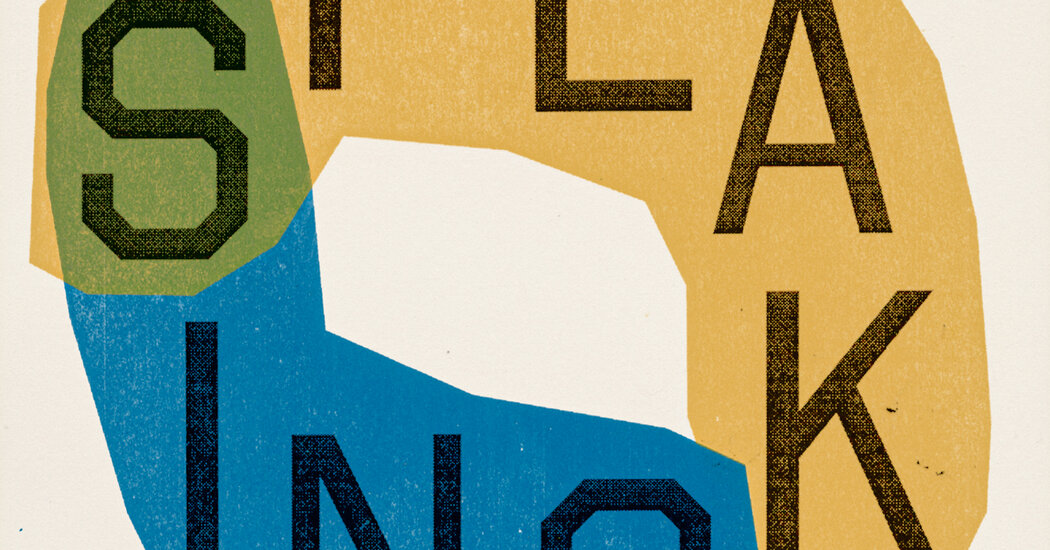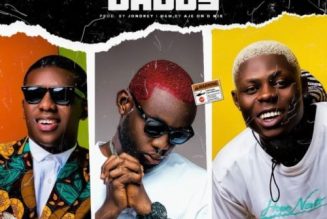
Broadway, as always, is giving us lessons on language and its connection to music. The stellar new production of “Purlie Victorious,” not seen on Broadway since 1961, is Exhibit A.
The show is not a musical, and yet this sterling, once-in-a-lifetime revival almost feels like one. If the production discomfited me in any way it was that every 15 minutes I was waiting for someone to start singing. It was like watching the film “Pygmalion” from 1938 — made before “My Fair Lady” premiered on Broadway in 1956 — and expecting to hear “The Rain in Spain.” And indeed, “Purlie Victorious” was transformed into the musical “Purlie” in 1970 — victoriously, one might add.
“Purlie Victorious” is about a Black preacher in Georgia circa 1960 seeking to get an inheritance from the plantation owner who’s miring his family and friends in sharecropping poverty, in order to buy back a church. The inheritance is owed to a cousin the plantation owner does not know is deceased. To impersonate the cousin, Purlie enlists an awkward young woman, Lutiebelle, who in the process falls in love with him. The play was written by Ossie Davis, who played the lead in the original production alongside his wife, Ruby Dee, as Lutiebelle.
Much of the reason “Purlie Victorious” feels like a musical — and I’m sure I would have felt that way even if I weren’t familiar with “Purlie” — is that the lead character is a preacher who often flies into long flights of preacherly oratory while trying to persuade people to join his scheme. This soaring rhetoric now and then includes Purlie’s singing a line or two rather than speaking it, as if lifted into song by a backup gospel choir. Leslie Odom Jr., who played Aaron Burr in the original cast of “Hamilton,” captures this aspect of Purlie perfectly in what is possibly one of the most challenging roles in Black American theater literature.
The Purlie character and Odom are summoning an element of Black American preaching, the more performative genre — more Baptist than Presbyterian. In this style, the preacher may elevate into briefly singing lines of scripture or rhetoric for emphasis and color, often followed by the organist in the background. At the performance I saw, many Black women in the audience chimed in along with Odom at these points, church-service style.
And as American as this preaching style now is, the singing is one of various elements in it that reflect Black Americans’ roots in Africa. Preachers in various languages in Africa use stylized cadences and tics similar to those now used in Black American sermons, and this includes flirting with song, encouraged by accompanying instruments.
The musical aspect extends even beyond sermons. Most West African languages are spoken in tones, like Chinese. Often the meaning of a word changes depending on what pitch you utter it in, and sometimes the pitch of a sentence is how you express grammar itself, where one melody means “the” while another one means “a.” Analysts have suggested — and I would agree with them — that the musical quality of the Black English dialect in its more expressive veins is a continuation of this aspect of African languages.
This comes through in Kara Young’s singular and electrifying take on the character of Lutiebelle. Young’s Lutiebelle is daffy and wise at the same time, and her words are often delivered in what can be described only as a glorious high-volume squawk that stretches the boundaries of speech into something that’s almost music. (Theatergoers in their tenth decade and beyond will recognize this voice as taking Lenore Lonergan’s to a new level.)
Purlie encourages Black people to love what is unique to them and celebrates an Africa he actually does not know that much about. The roots of the way he communicates point this up beautifully. In few settings is Black English used less like mainstream English than in the performative church sermon, and here is where it reflects Africanness the most.
America has heard arguments that Black English has African roots before. Many will recall the ridicule in the national media when, in 1996, the Oakland, Calif., school board suggested that what they titled “Ebonics” was an African language with English words. The thinking was that Black students should thus be treated as bilingual speakers of a kind, with Black English used in the classroom alongside standard English as a bridge toward mastery of the latter.
The idea of Black English as an African language had been created by well-meaning Black nationalist advisers to the school board of various kinds of expertise — and it seems to me that a linguist was not among them. The mundane truth is that most of the grammatical differences between Black English and standard English are not African but British and Irish English, including the use of “be” in sentences like “She be singin’ it all the time” and the use of “it” in sentences like “It’s a lot of people in there.” There are indeed languages one could describe as African with English words — albeit even then with a stretch — but they are Creole languages, such as Jamaican patois and Gullah Creole, not Black English.
People proposing that Black English was African were seeking an end-run around those calling Black English a deficient kind of English. The dialect has always gotten a bad rap, dismissed by people of all walks (and colors) as bad grammar, a habit best shed by anyone seeking any kind of respectability, or at least better kept at home like a tipsy uncle. Reclassifying it as African — such that Black English was supposedly not English at all — seemed a way of recalibrating the entire argument.
Even if this Africanist characterization of Black English doesn’t totally fly, the language of “Purlie Victorious” shows that there is indeed a link between Black American English and Africa — not in how you put a sentence together, but in how you make it sing.









